The Real Secret to Getting Those Mysterious Spider Lilies to Bloom
I’ve been knee-deep in gardens for a long, long time, and I’ve seen just about every plant you can imagine. But there are a few that still make me stop and stare. The red spider lily is definitely one of them.
In this article
The first time you see a patch in full bloom, it feels a little unreal. It’s this explosion of fiery red, bursting straight from the bare ground in late summer. There’s not a single leaf in sight. That beautiful, bizarre surprise is what gets most people hooked, but it’s also what causes so much frustration.
So many gardeners buy the bulbs, plant them with high hopes, and get… nothing. Or maybe they get a nice flush of green leaves in the winter, which then die back, followed by… still nothing. Honestly, it’s a super common problem. But here’s the good news: it’s almost never the plant’s fault. It’s usually a simple misunderstanding of its wonderfully strange life cycle. Treat it like a regular flower, and it’s going to disappoint you. My goal here is to get you past the basic instructions and into the why behind it all, so your spider lilies don’t just survive, they put on a spectacular show.
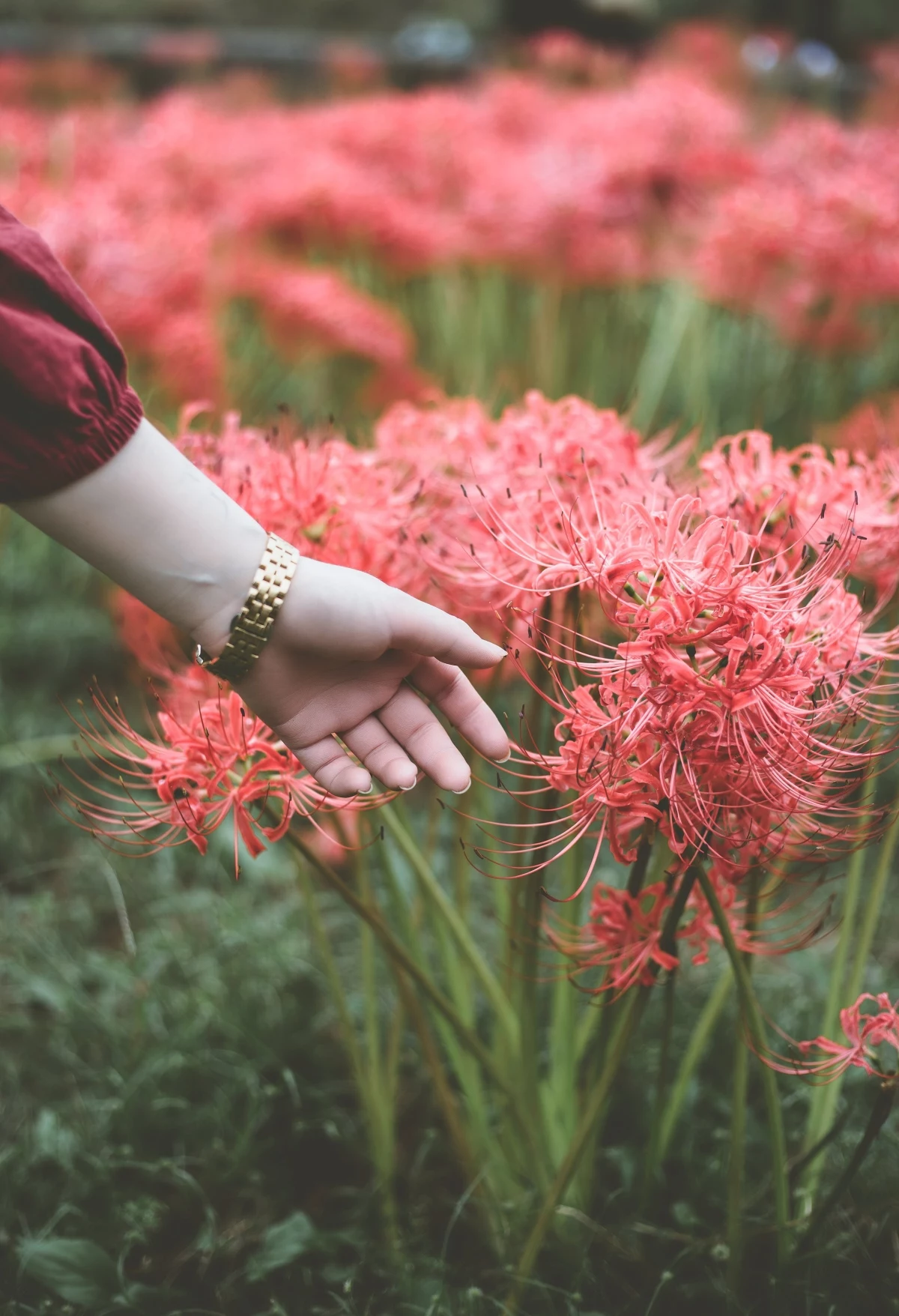
Forget Everything You Know About How Plants Grow
To get spider lilies right, you have to flip the script. Most plants you know, like a tulip or a marigold, sprout leaves first, soak up the sun, and then bloom. Spider lilies do the exact opposite. It’s a unique cycle where the flowers show up to the party long before the leaves even think about it.
Here’s how their year plays out:
- Late Summer: After snoozing all summer, bare flower stalks shoot up from the dirt, sometimes overnight after a good rain. This is why some people call them “Hurricane Lilies.” The wild-looking red flowers appear on top and last for a week or two.
- Fall & Winter: Once the flowers fade, the real work begins. Long, strap-like leaves finally emerge. These leaves are the plant’s solar panels, gathering energy all through the cool, wet months and storing it in the bulb for next year’s bloom.
- Late Spring: As it gets warmer, the leaves turn yellow and wither away. Don’t panic! The plant is just going to sleep for the summer.
- Summer: The bulb is totally dormant underground. It needs this hot, dry rest period to build up the energy to form flower buds.
This whole upside-down schedule is a clever survival trick from its native climate, which has scorching dry summers and milder, wet winters. The plant avoids the summer heat and then flowers when there’s less competition. Understanding this rhythm is the absolute key to success.

Getting Started: Planting for a Lifetime of Blooms
Getting your lilies established correctly from day one will save you years of headaches. I’ve seen people struggle for season after season, only to realize their initial planting was just a little bit off.
Where to Buy Bulbs (and What to Look For)
Your success really starts with the bulbs. I always recommend sourcing from online growers who specialize in unique bulbs, as they tend to have better quality stock. Expect to pay somewhere between $3 and $7 per bulb. It might seem like a lot compared to a big-box store bag, but you’re paying for a healthy, mature bulb that’s much more likely to bloom.
When you get them, look for bulbs that are firm and feel heavy for their size, kind of like a good onion. Avoid anything that’s soft, mushy, or smells funky. A little tear in the papery outer skin is fine, but major damage can lead to rot. The best time to buy is late spring or early summer when they are fully dormant. And a quick tip: plant them as soon as you get them. This gives them time to settle into their new home before their late-summer wake-up call.
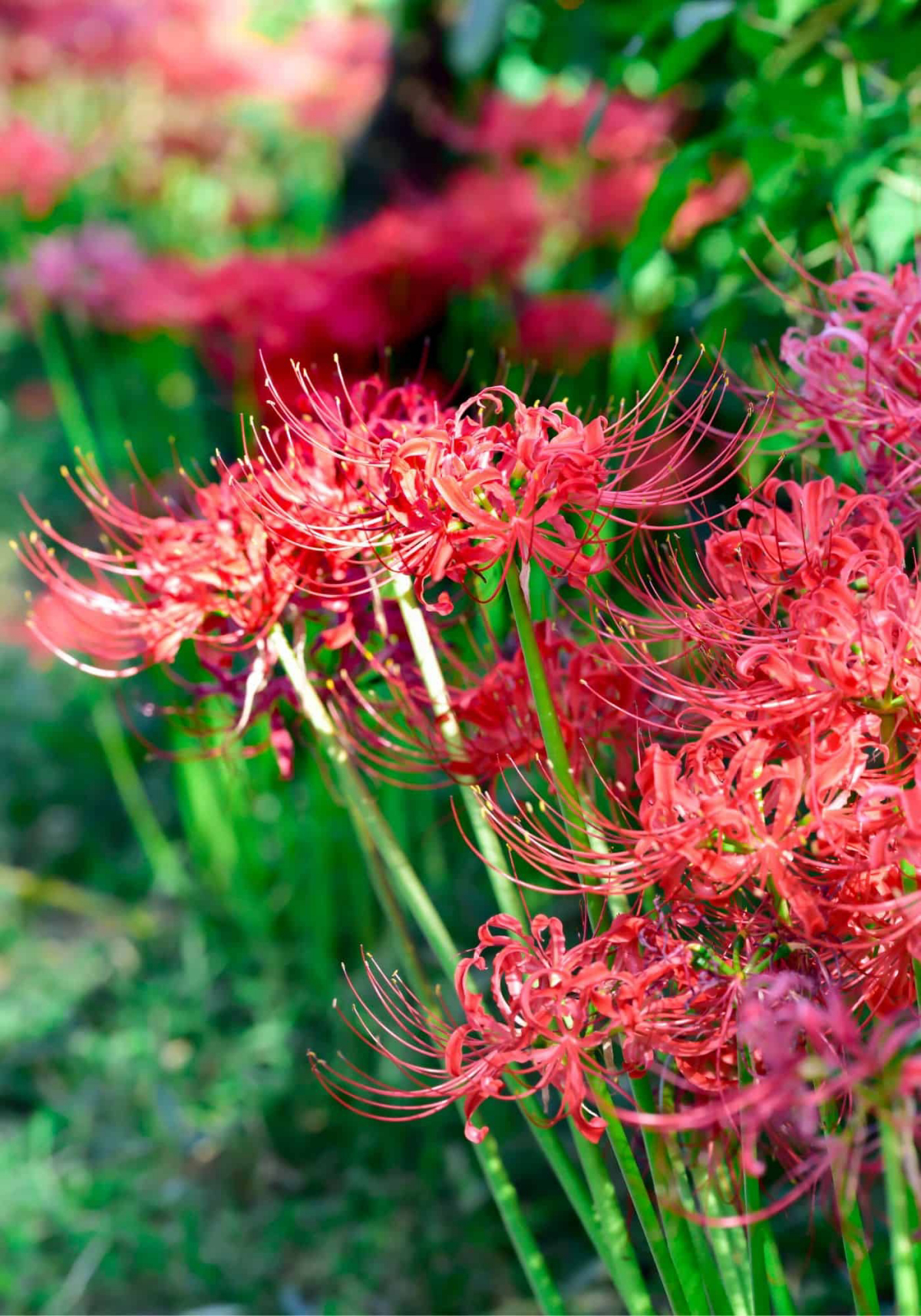
The Perfect Spot & Soil Prep
Spider lilies are tougher than they look, but they have two non-negotiable demands: sun on their leaves and excellent drainage.
Remember, the leaves are out in the fall and winter. This means a spot under a big tree that drops its leaves can be absolutely perfect. The foliage gets full sun all winter, and then in the summer, the dormant bulbs are shaded from the intense heat. In cooler regions, full sun is better. In hotter climates, a little afternoon shade is a blessing.
Drainage is the big one, though. These bulbs will turn to mush in soggy soil. Before you even think about planting, dig a 12-inch-deep hole, fill it with water, and let it drain. Then fill it again. If that second batch of water is gone in under 10-12 hours, you’re good. If it’s still standing there the next day, you need to improve your soil. My go-to recipe for heavy clay is to dig out the area and mix the native soil with equal parts compost (around $8 a bag) and pine bark fines (about $5 a bag). The compost adds nutrients, and the pine bark creates air pockets for water to escape.
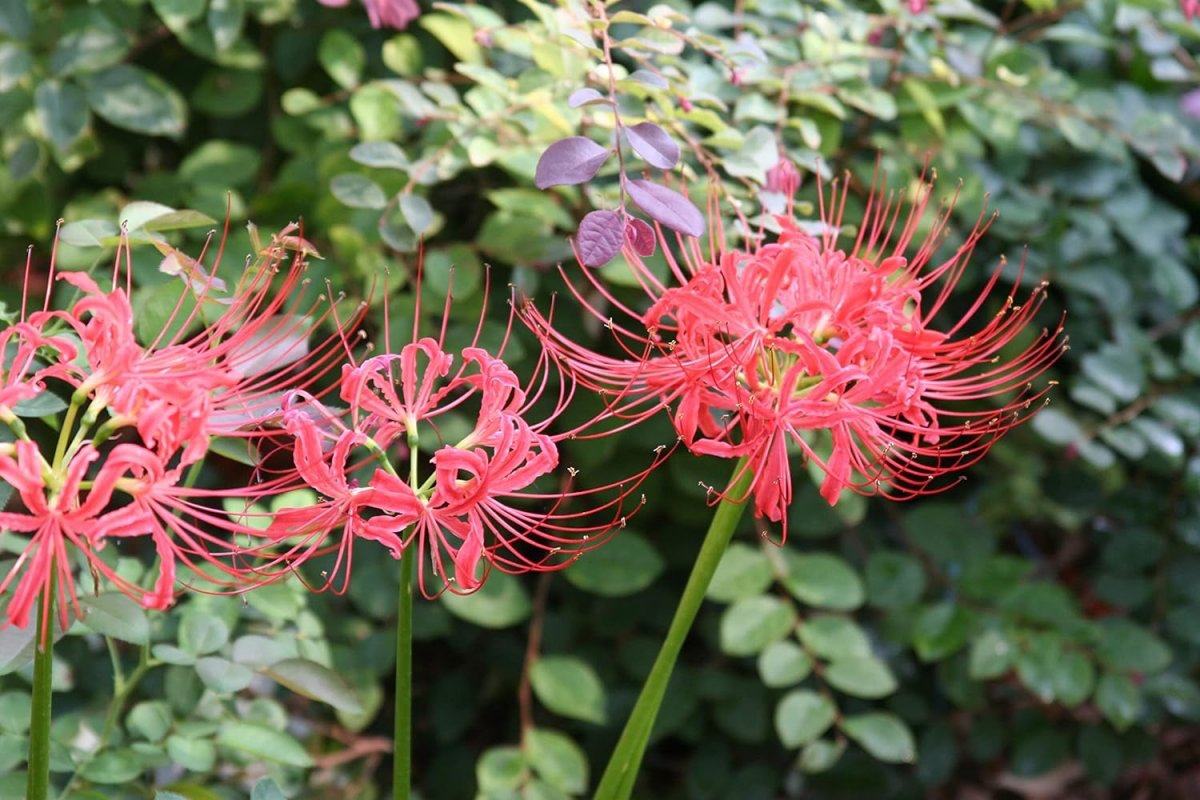
The #1 Mistake: Planting Depth
Okay, lean in for this one, because it’s the most common reason spider lilies fail to bloom. You have to plant the bulbs with their necks—the tapered part at the top—right at or even slightly above the soil level.
If you bury them deep like a tulip, they’ll send up beautiful leaves every single winter but will never, ever flower. They need that summer heat to bake the top of the bulb to trigger blooming. I learned this the hard way years ago. I planted 50 bulbs for a client about 4 inches deep. For two years, we got a lush green carpet and zero flowers. We had to dig them all up during their summer dormancy and replant them shallowly. They bloomed like crazy that very same fall. It was a lesson I never forgot.
Quick action step: If you have existing lilies that aren’t blooming, go take a look right now. Are they buried? Gently brush back the soil. If you can’t see the neck of the bulb, mark your calendar to lift and replant them this summer when they’re dormant.
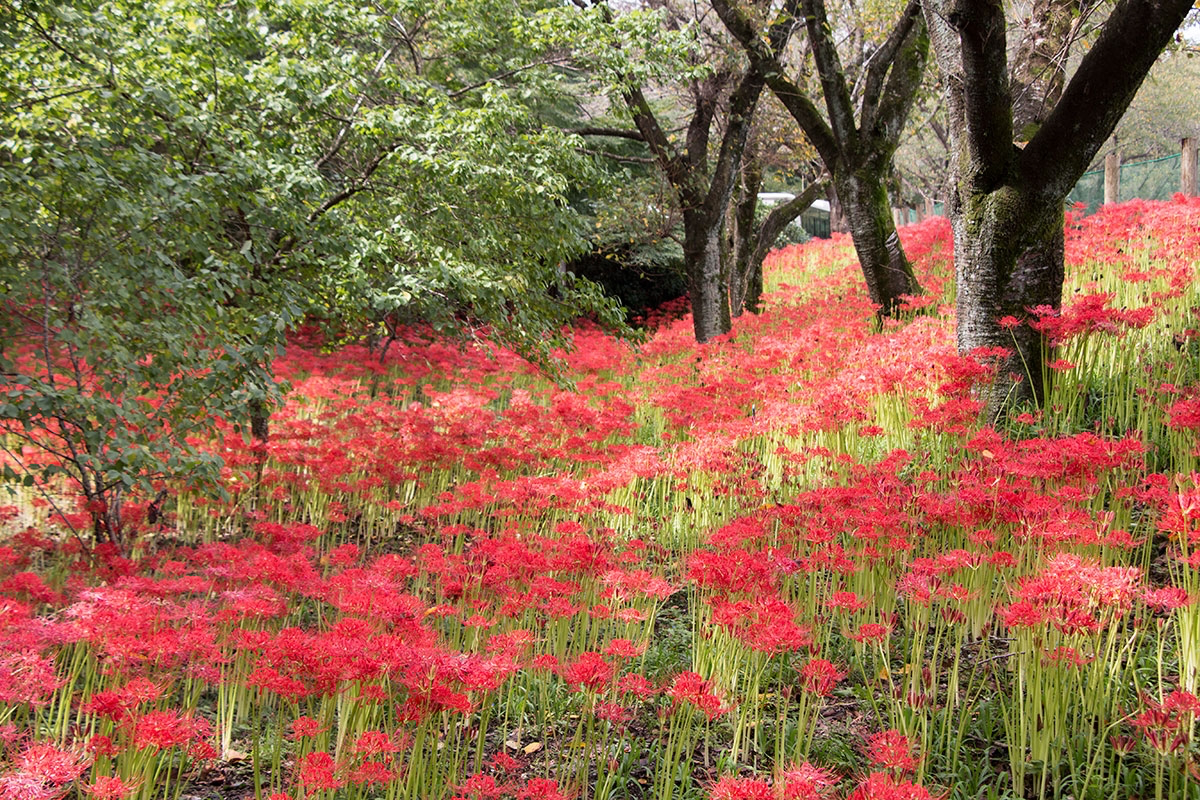
Oh, and plant them about 6-8 inches apart in groups of 5 or more. A single spider lily looks a bit lonely, but a cluster is a showstopper.
A note on the first year: Be patient! A newly planted bulb often spends its first year just growing leaves to establish a strong root system and store energy. You might not get a flower the first fall, and that is completely normal. Think of it as an investment for the following year’s fireworks.
Troubleshooting & Long-Term Care
Once they’re happy, these plants are incredibly low-maintenance. It’s more about knowing when not to mess with them.
Watering, Fertilizing, and Dividing
Follow their natural rhythm. Water them once after planting to settle them in, then leave them alone all summer. When the flower stalks appear, you can start watering if it’s dry. Keep them watered through the fall and winter while they have leaves. When the leaves start yellowing in spring, stop watering and let them go dormant.

Only fertilize in the fall when the leaves are actively growing. I use a sprinkle of bone meal or a granular fertilizer low in nitrogen, like a 5-10-10. Too much nitrogen just gives you more leaves and fewer flowers.
After a few years, your small cluster will become a big, dense clump. To divide them, wait for their summer dormancy. Carefully dig up the whole clump, gently separate the bulbs (they’ll mostly pull apart easily), and replant them with proper spacing. It’s a great way to spread them around your garden or share with friends!
Help! My Lilies Are…
- Only growing leaves, no flowers: This is almost always one of three things: they’re planted too deep, they’re getting too much nitrogen fertilizer, or the spot is too shady in the winter for the leaves to get enough sun.
- Not doing anything at all: If a year has passed and you’ve seen nothing, the bulb may have rotted from poor drainage. Gently dig down to see what’s going on.
Heads up for pet owners and parents: All parts of the spider lily are toxic if eaten, which can cause vomiting and other issues. This toxicity has a major upside, though—deer, rabbits, and voles almost always leave them completely alone! It’s one of the few truly pest-proof bulbs out there.
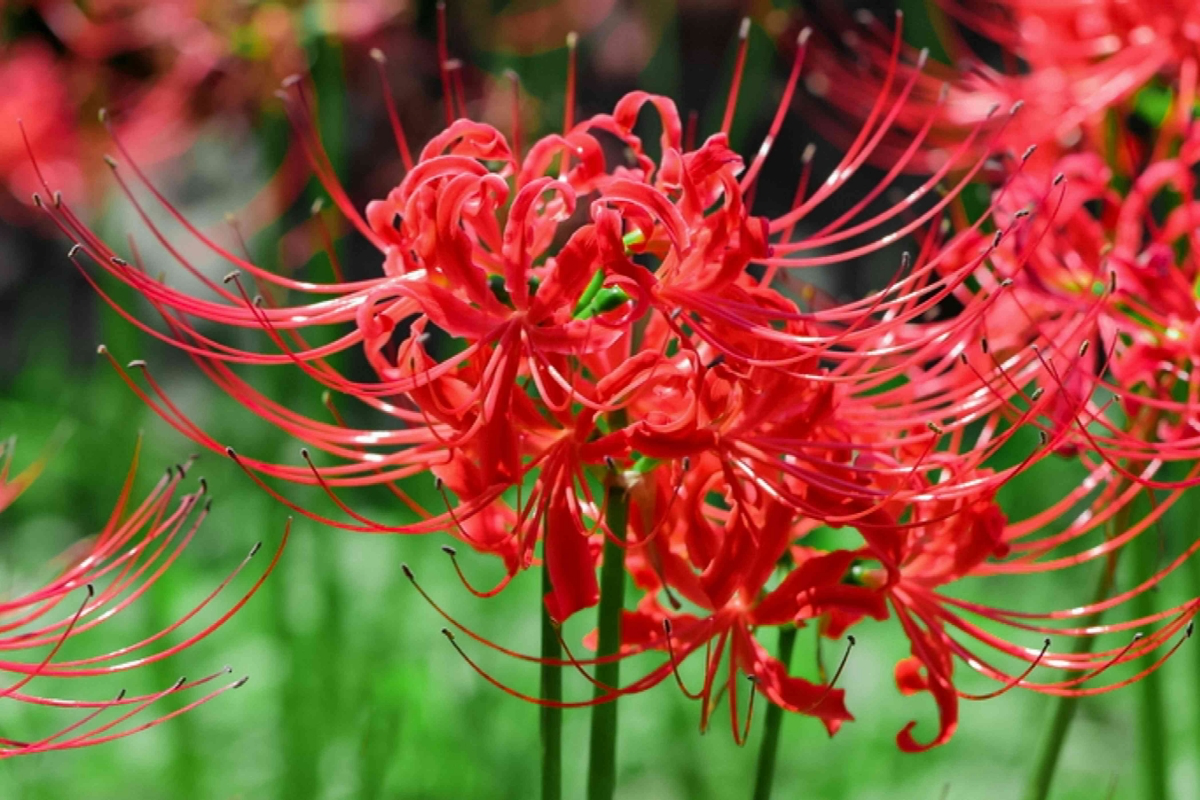
A Plant with a Past
These flowers have a deep cultural history, especially in their native regions of Asia. There, they’re often associated with autumn festivals and final goodbyes, frequently planted in cemeteries as a flower of remembrance. It’s a bit different from their cheerful, surprising presence in our gardens, but it’s a cool reminder that even a simple garden plant can have a rich story to tell.
Galerie d’inspiration
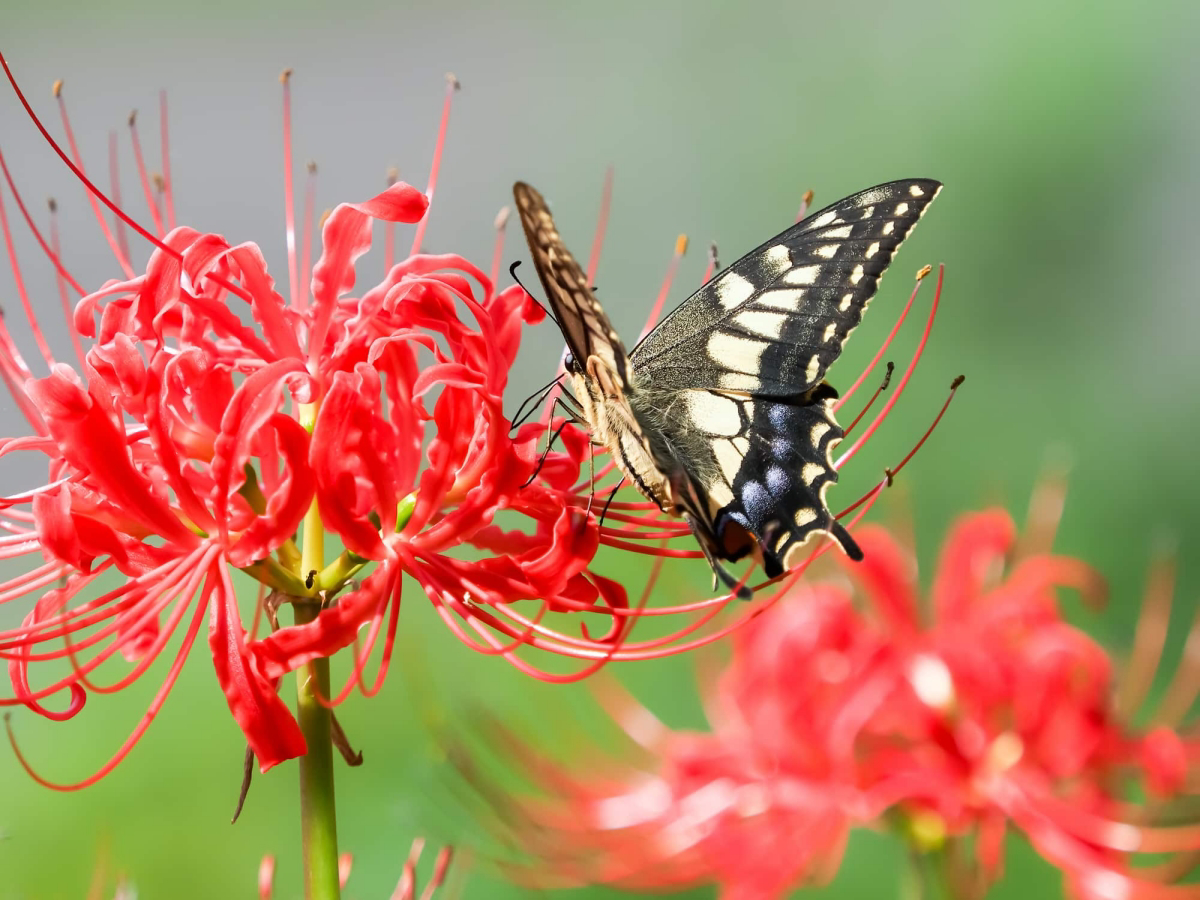
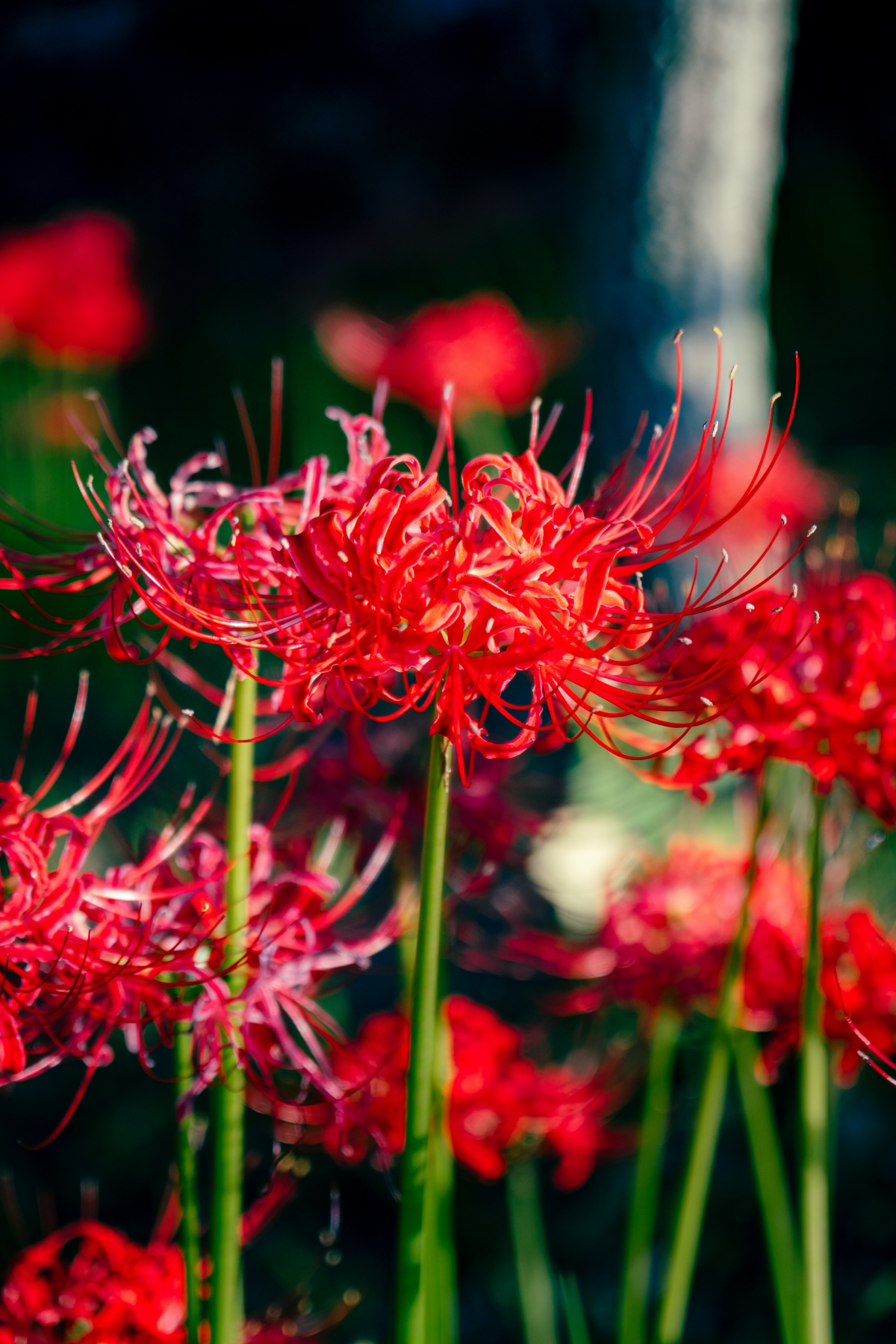
When planting your spider lily bulbs, resist the urge to bury them deep. Unlike tulips, their necks—the very top part of the bulb—should be right at or even slightly above the soil surface. This exposure to the summer heat is a crucial signal that helps trigger the flowering process. Burying them too deep is one of the most common reasons for a no-show come September.
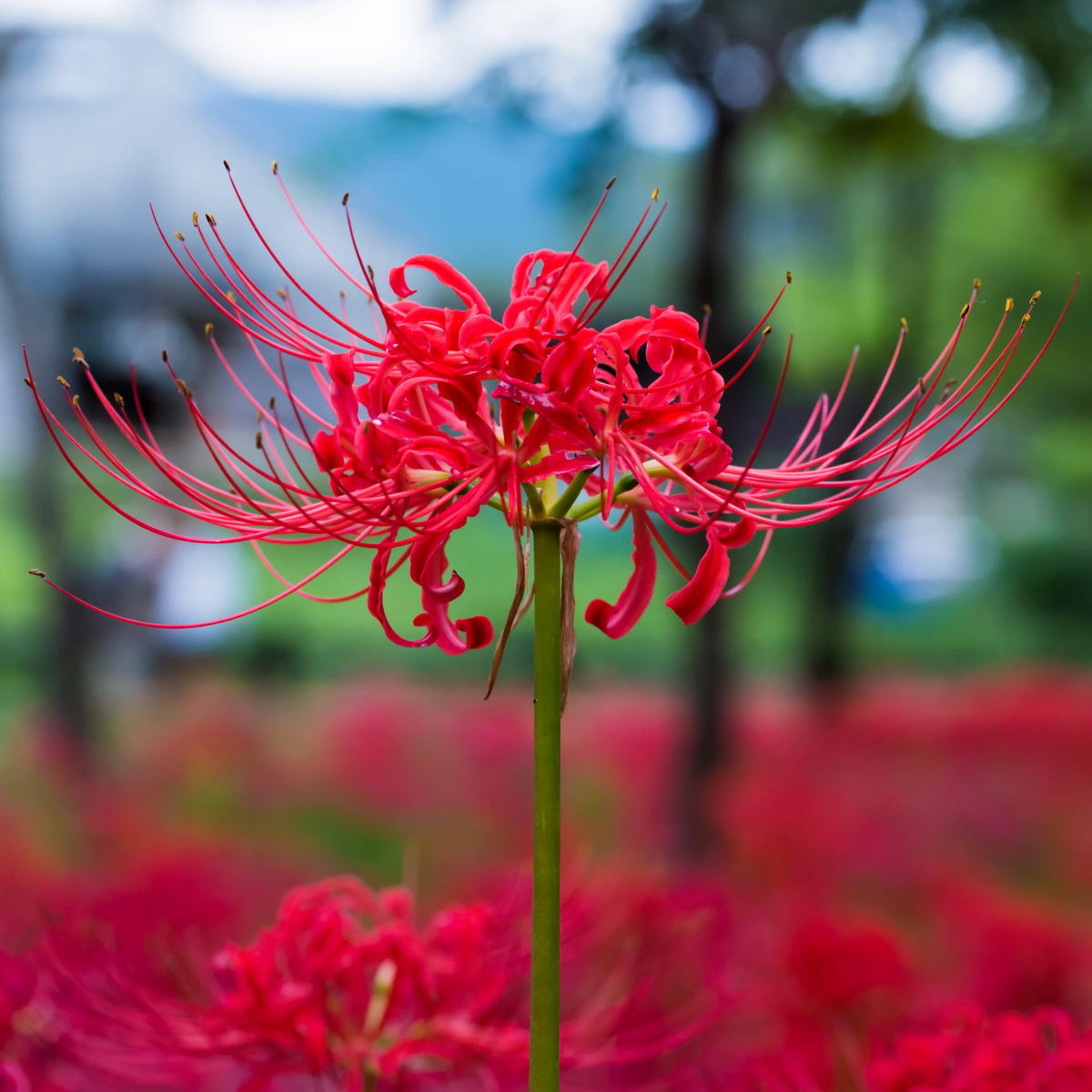
In Japan, the red spider lily is called “Higanbana.” It famously blooms around the autumnal equinox, a period known as Ohigan, a time for honoring ancestors. This is why they are often seen in cemeteries, symbolizing final goodbyes and reincarnation.
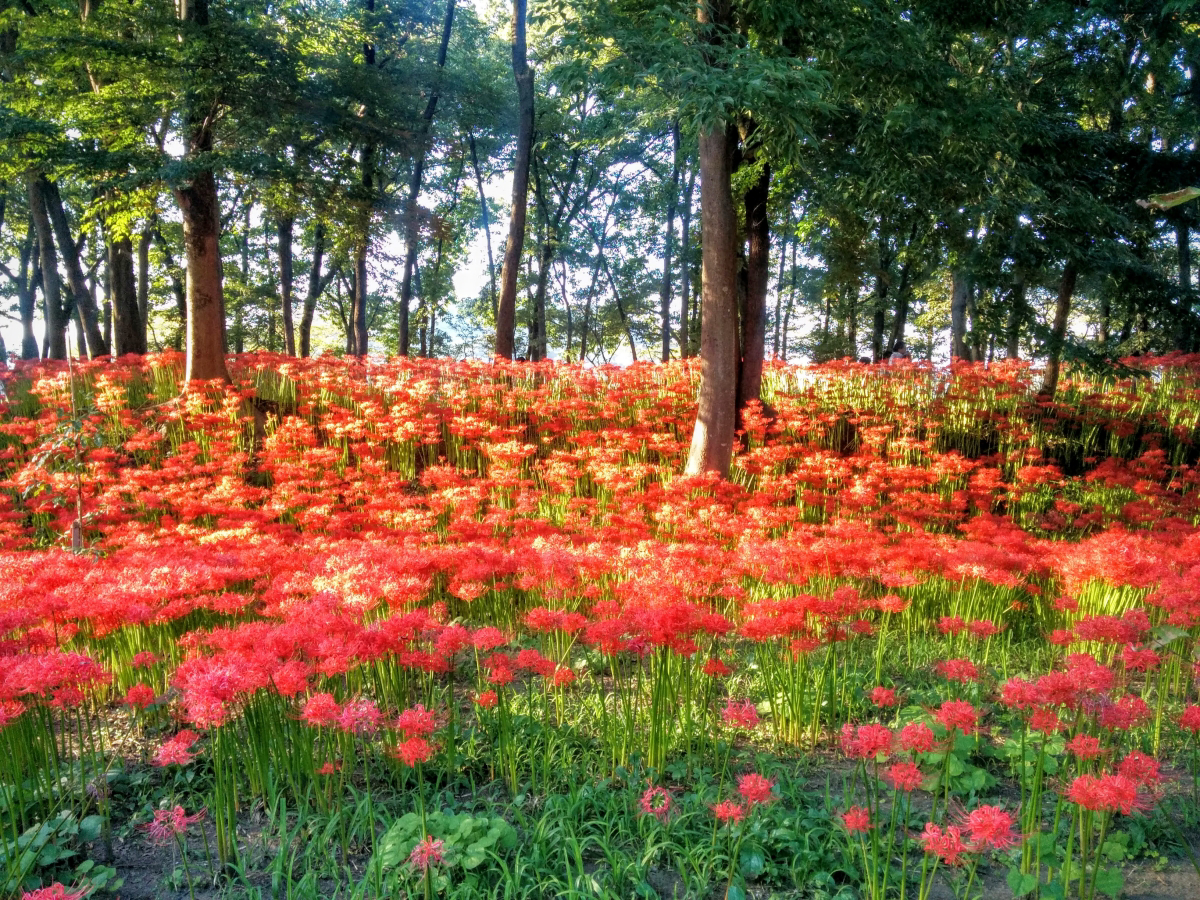
The single biggest mistake: Watering them during the summer. It feels counterintuitive, but your spider lily bulbs are dormant and need to bake in the hot, dry soil. Summer watering can confuse the bulb, disrupt its dormancy, and even lead to rot. Save the water for when the green foliage appears in the fall.
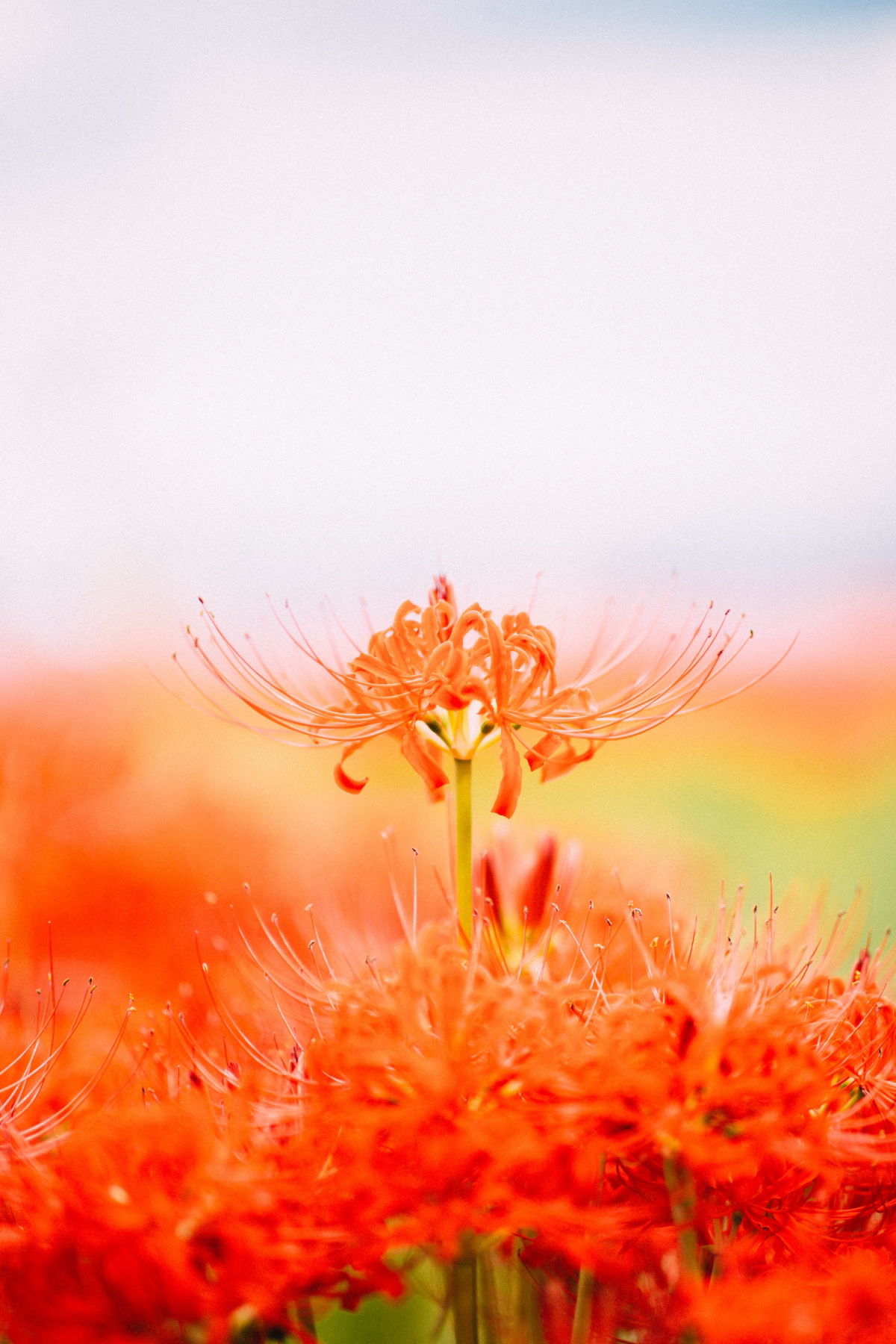
Because their foliage dies back in summer, spider lilies leave a bare patch in the garden. This is a perfect opportunity for companion planting! Consider these options:
- Liriope (Monkey Grass): Its evergreen, grass-like texture provides a handsome, year-round base for the lily’s bare stalks to emerge from.
- Low-growing Sedums: These succulents thrive in the same sunny, dry summer conditions the lily bulbs require.
- Annuals like Lantana: Planted nearby, they offer vibrant summer color and won’t mind the dry soil the dormant bulbs love.
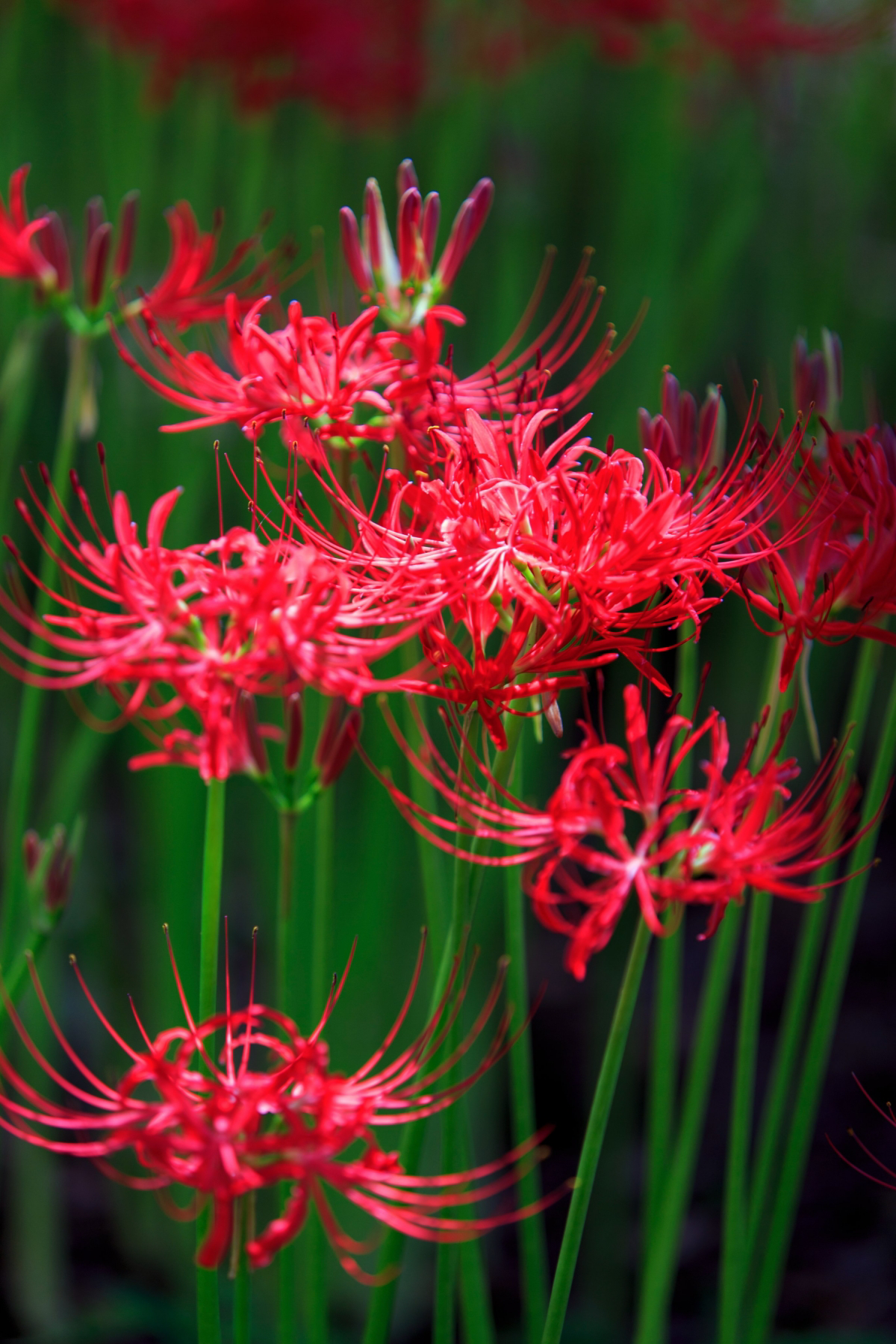
Wondering where to find healthy, bloom-ready bulbs?
It pays to be selective. Look for large, firm bulbs from reputable suppliers, as small or mushy bulbs may take years to bloom, if ever. Online specialists like Brent and Becky’s Bulbs or Terra Ceia Farms are known for high-quality Lycoris stock. Avoid generic
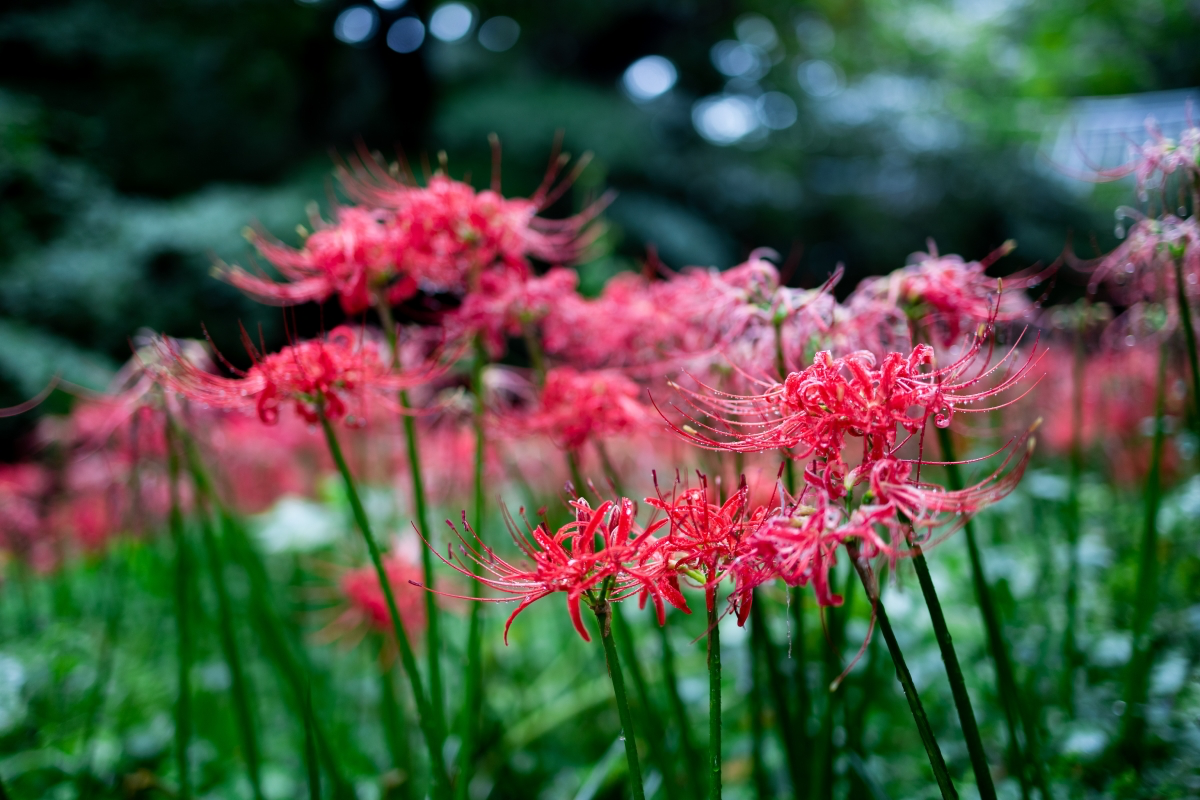
The Classic Red (Lycoris radiata): Fiery, dramatic, and the star of the show. Its spidery petals and long stamens are unmistakable.
The Sunny Yellow (Lycoris aurea): Often called the Golden Spider Lily, it offers the same unique form but in a brilliant, cheerful yellow. It tends to bloom a bit earlier than its red cousin.
While red is the icon, mixing in yellow or even the delicate White Spider Lily (Lycoris albiflora) can create a stunning, multi-toned late-summer display.
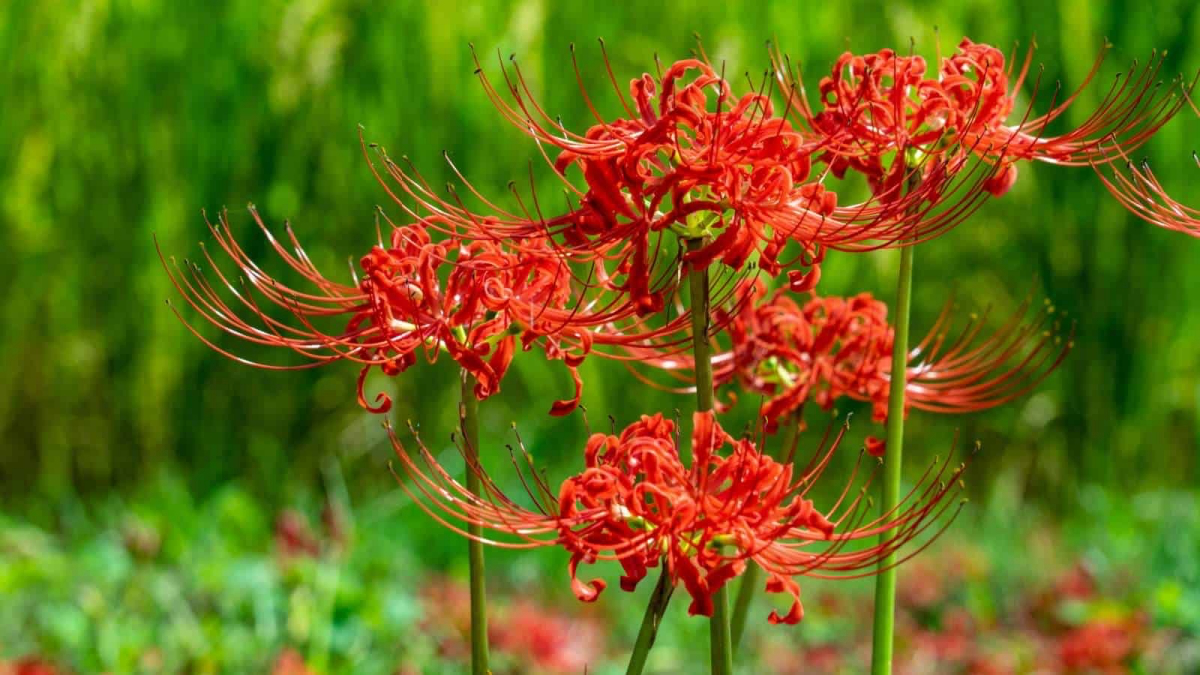
- Dramatically increases the number of flowers per stalk.
- Encourages the bulb to multiply for a fuller clump next year.
- Develops stronger, more resilient foliage during the growing season.
The secret? Fertilizing at the right time. Feed your spider lilies with a low-nitrogen, high-phosphorus fertilizer (like a 5-10-10 formula) only when the green leaves are actively growing in the fall and winter. This feeds the bulb, not the flower.
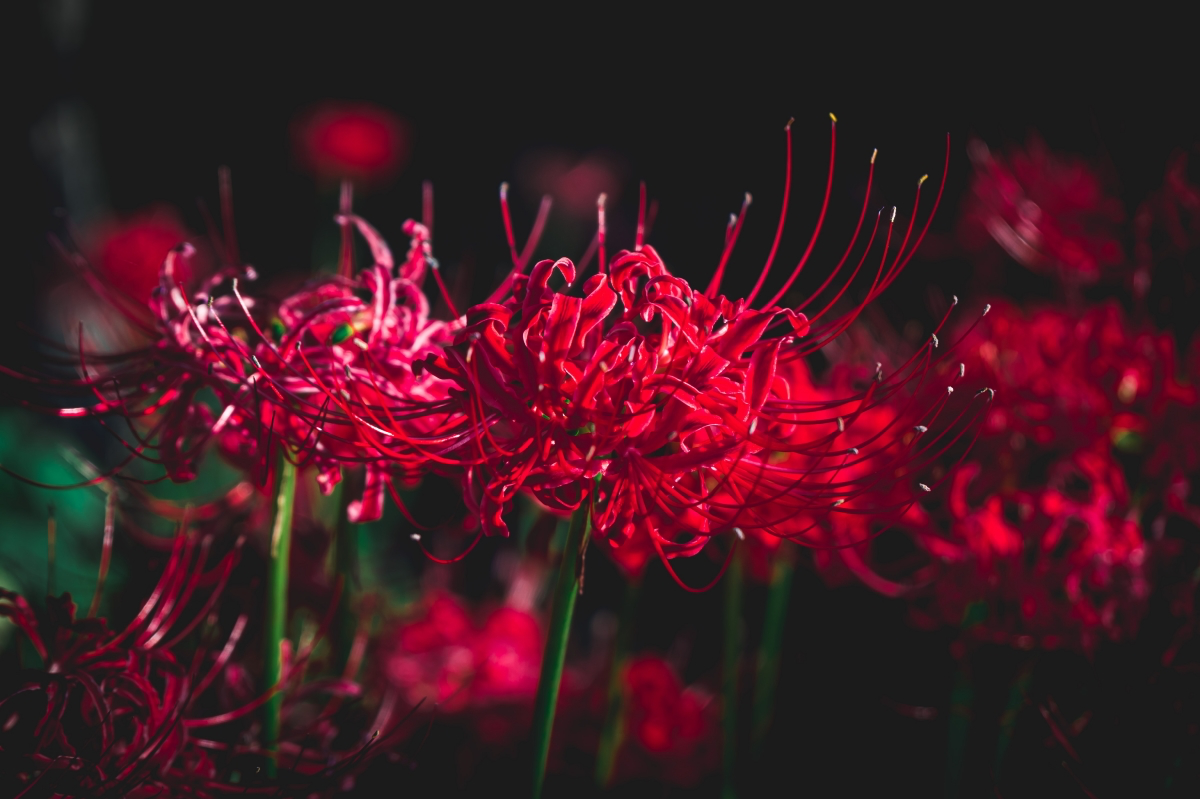
A single spider lily bulb can produce offsets, creating a dense clump of 5 to 10 bulbs in just a few years.
This natural multiplication is your key to more plants for free. Every 4-5 years, after the foliage has died back in late spring, you can carefully dig up the clump. Gently separate the individual bulbs and replant them immediately with proper spacing. This not only expands your collection but also prevents overcrowding, which can reduce blooming.
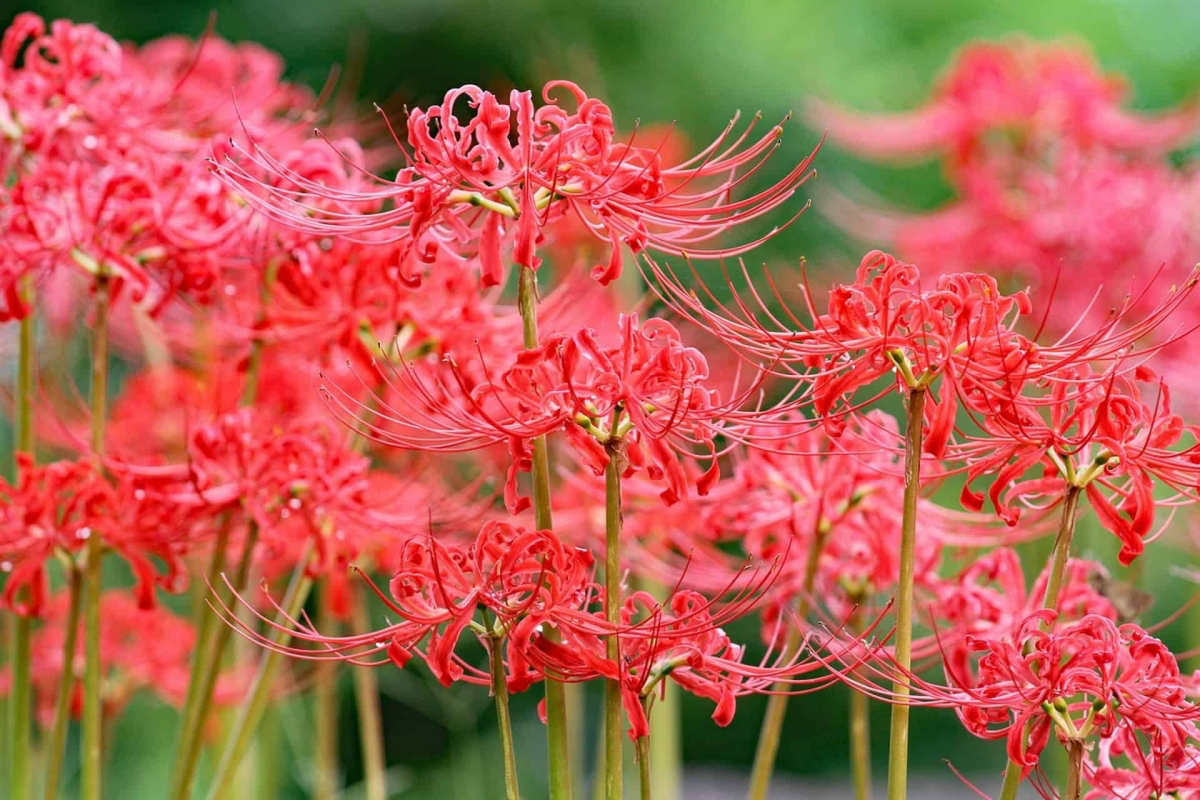
Growing spider lilies teaches patience. It’s not uncommon for a newly planted bulb to spend its first year underground just getting established. You might only get leaves the first fall and winter. Don’t be discouraged! This is the plant building the energy reserves it needs. Often, the spectacular floral reward you’re waiting for arrives in the second year, making the wait entirely worthwhile.
Yes, you can absolutely grow these beauties in containers! It’s a great way to control their environment. For success:
- Choose a pot at least 12 inches wide with excellent drainage holes.
- Use a gritty, fast-draining potting mix; a cactus or succulent blend amended with some compost works well.
- In summer, move the pot to a hot, sunny spot and stop watering completely to simulate their required dry dormancy.
- Protect the container from hard freezes in winter if you live in a very cold climate. A cold frame or unheated garage is perfect.










